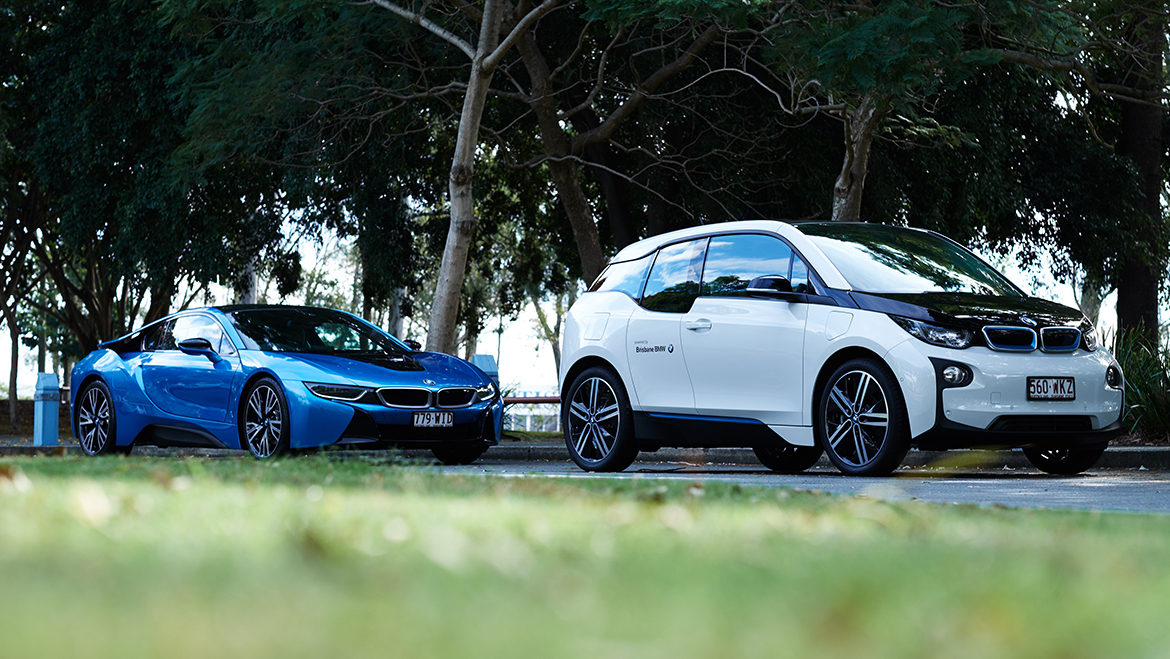Types of EVs
There are two main types of electric vehicles (EVs), defined by the degree that electricity is used as their energy source.
Battery Electric Vehicles (BEVs)
BEVs are fully electric vehicles, meaning they're only powered by electricity and don't have a petrol engine.
BEVs are quiet, cost-efficient to run and eco-friendly, but are more expensive to buy than a comparable petrol fuelled car. However, when the total cost of ownership over the time you’re likely to own the car is considered, EVs compare quite favourably, and may even cost less overall.
Plug-in Hybrid Electric Vehicles (PHEVs)
This type of EV is powered by both petrol and electricity. The amount of driving that can be done in ‘electric’ mode depends on the capacity of the battery.
The advantage of PHEVs over BEVs is that if you can’t get to a charging point, you can keep driving using fuel alone. The downsides are that the car needs two systems – fuel and electric – so maintenance costs can be higher than for a BEV. Also, once your relatively small battery runs flat, you lose the financial and environmental benefits of an EV until you recharge.
Read more about charging options on our Charging your electric vehicle web page.
Note: Hybrid vehicles, such as the Toyota Prius that don't plug in, aren't generally defined as EVs.
Second-hand vehicles are available for both categories and the main thing to be aware of is battery degradation over time and possible higher frequency of charging requirements.
EVs available in Australia
The variety of EVs available in Australia is growing, with a variety of vehicles with different battery sizes becoming available. The bigger the battery, the further you can drive. You can check out the latest EV models on websites like Car Advice, The Driven and the Electric Vehicle Council.


